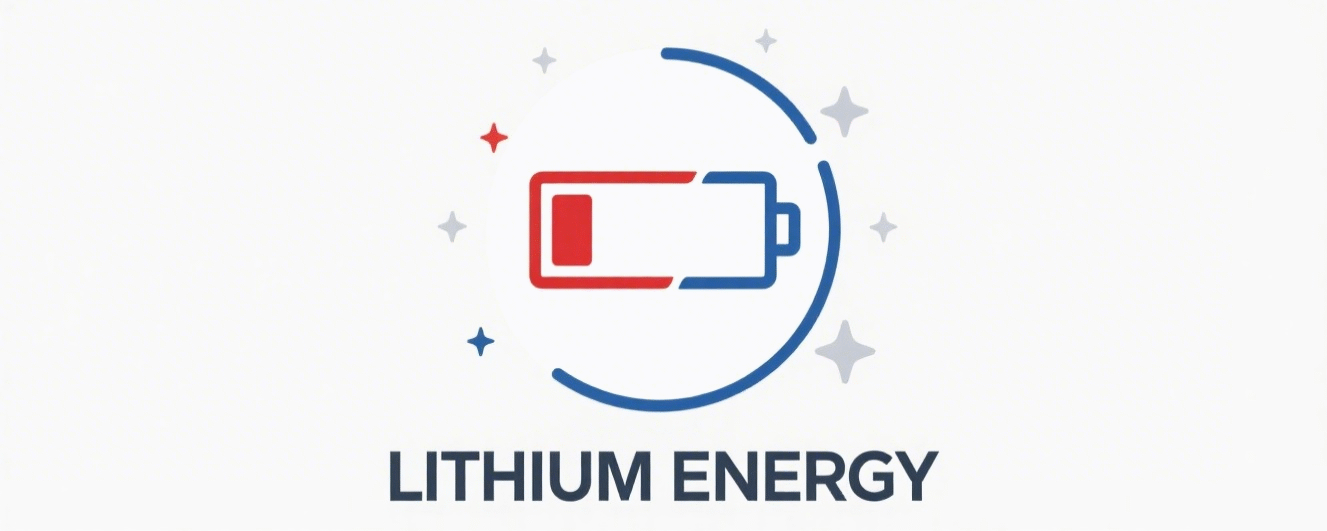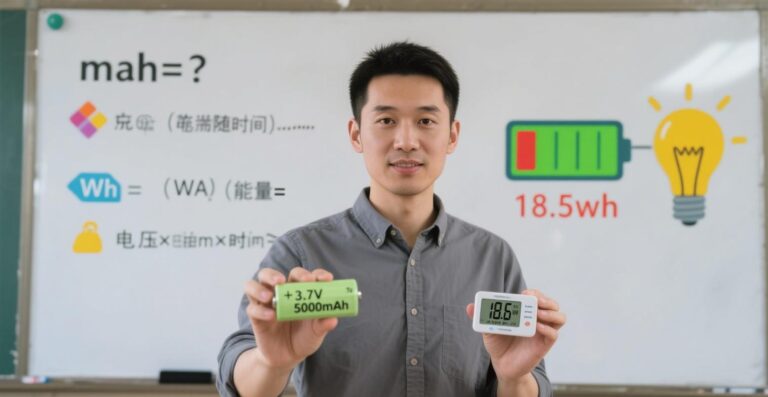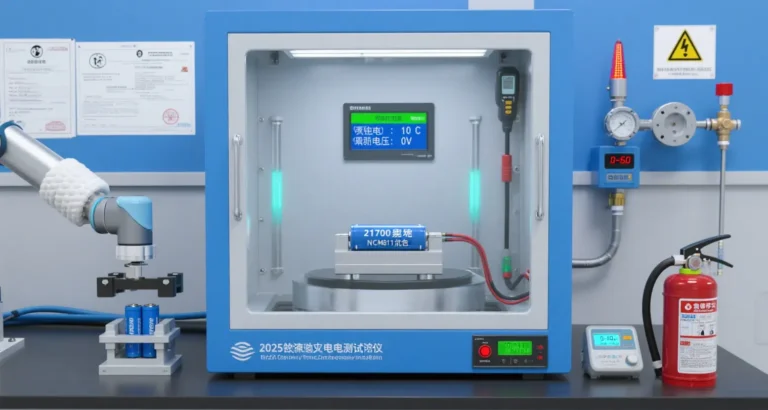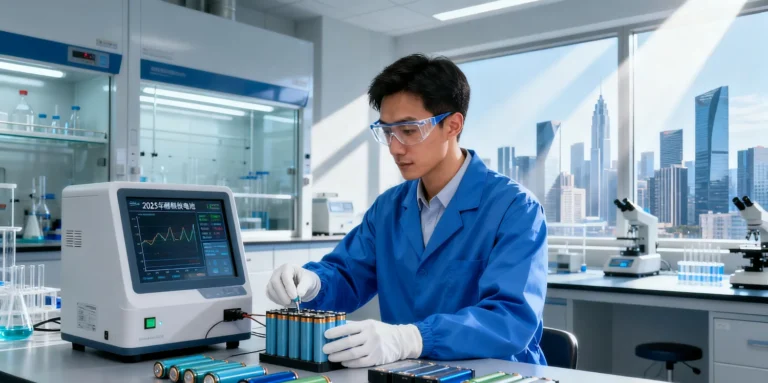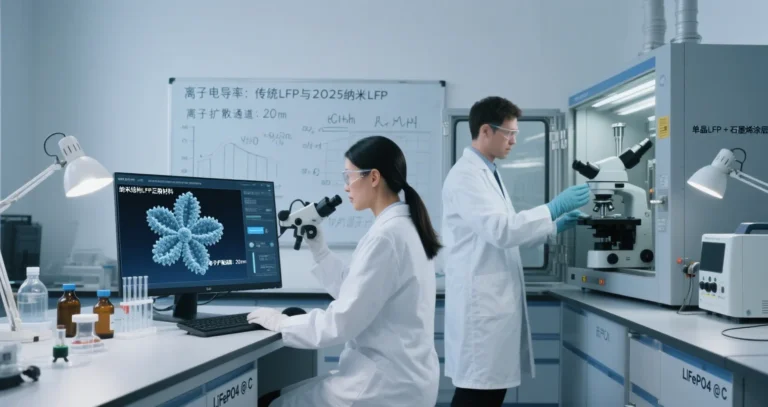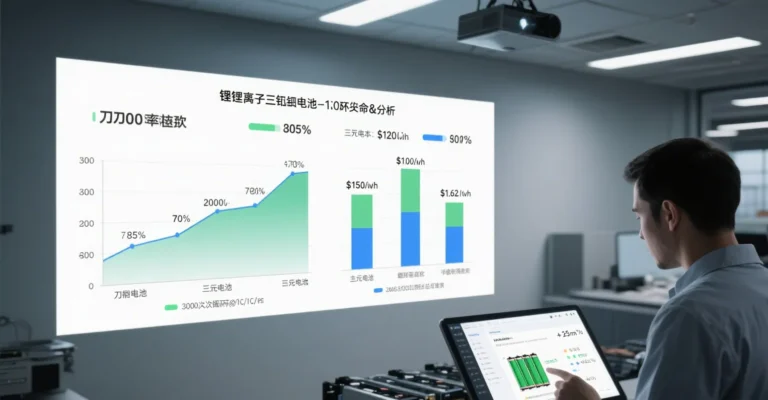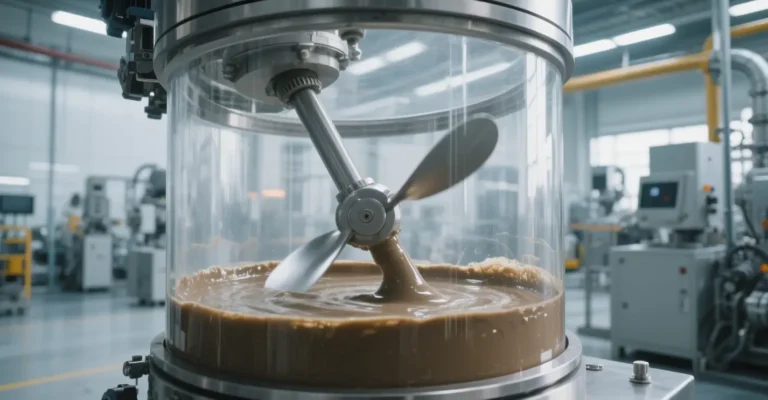Lithium Battery Technology for Robotics 2025
I.Core Performance Matrix of Lithium Battery for Robotics: Multi-dimensional Requirements Beyond Energy Density
Robot lithium batteries need to fulfill a four-dimensional performance balance:
| dimension | industrial robot | medical robot | special robot |
|---|---|---|---|
| energy density | 280-350Wh/kg | 220-250Wh/kg | 260-300Wh/kg |
| power response | 3C continuous discharge | 1.5C constant power output | 2C pulse discharge |
| security level | UN38.3 | ISO 13485 | ATEX/IECEx |
| cycle life | >4000次@80% SOH | 2000 times | 1500 times |
Typical Case:
- Tesla Optimus: 300Wh/kg ternary battery supports 4 hours of dynamic operation
- Da Vinci Surgical System: Dual battery redundancy ensures seamless switching in 0.1 seconds
- State Grid Inspection Robot: -40℃~70℃ wide temperature range operation
II.Scenario-based technology solutions
1. Industrial mobile platform: prioritizing efficiency
- Fast charging technology: Ningde Times CTP 3.0 realizes 4C super charging (80% replenishment in 15 minutes)
- Thermal management breakthroughs:
- Liquid-cooled plate thermal conductivity>5000W/mK
- Cell temperature difference control ±2℃ (±5℃ for traditional solutions)
- Co-operative power supply: parallel connection of multiple battery packs on CAN bus, supporting 12 hours of continuous operation
2. Medical and health field: safety redundancy design
- Dual-battery system: Main and backup switching time <100ms
- Biocompatible materials: Titanium alloy shell passed ISO 10993 biocompatibility certification
- Precise temperature control:
- Operating temperature 25-35℃
- Over-temperature automatic power reduction of 20% + forced cooling
3. Special applications: extreme environment adaptation
- Deep-sea operation: Oil-immersed battery packs withstand 1000m water pressure (≈100MPa)
- Explosion-proof certification: Intrinsically safe design certified to ATEX Category 1
- Polar patrol:
- Self-heating film (-40℃ start-up)
- Phase change material temperature control (60℃ environment)
III.Three major technological evolution directions of lithium robot battery
1. Robot lithium battery material system innovation
| Type | advantage | application scenarios | Representative solutions |
|---|---|---|---|
| high nickel ternary | 350Wh/kg | humanoid robot | NCM811 |
| lithium iron phosphate | 5000 cycles | Industrial AGV | blade battery |
| solid-state battery | 400Wh/kg+no fire when punctured | Medical/Specialty | huineng20Ah |
2. Robot lithium battery intelligent BMS advanced
- Health degree prediction: LSTM neural network realizes SOH accuracy >96%
- Dynamic strategy adjustment:
- Cleaning robot floor tile mode reduces consumption by 20%
- Carpet mode power increase by 30%
- Wireless charging integration: under-dinner table charging plate realizes in-task energy supplementation
3. Revolutionary breakthrough in robot lithium battery structure
- Flexible battery: 5cm bending radius fit joint (LG Chem)
- Modular design: DJI agricultural machine “building block” battery pack
- Space magic:
- CTP technology volume utilization rate of 90%
- Weight reduction of 15% compared to traditional solutions

IV. Path to industrialization
1. Cost control: from $200/kWh to $150/kWh
- Large size of electric core: 4680 cylinders to reduce 12% structure cost
- Intelligent production line: AI quality inspection to improve the yield rate to 98%.
2. Safety Upgrade
- Ceramic coated diaphragm: temperature resistance 180℃ (Asahi Kasei)
- Fluorine electrolyte: ignition point increased by 80℃ (Xinzhoubang)
- Honeycomb protection: single fault isolation design
3. Standards and Recycling
- IEEE 1876 protocol: cross-brand compatibility of battery packs (replacement <5 minutes)
- Ladder Utilization:
- Robot Battery → Low-speed Electric Vehicle
- Metal Recycling Rate >90% (Grimme)
V. Future Integration Trends
1. Photovoltaic storage and charging integration:
PV charging for pole-flying plant protection machine improves range by 50%.
2. Solid-state battery commercialization:
Medical robots will be the first to carry it in 2026.
3. AI energy efficiency optimization:
neural network model based on 20,000 sets of data
Market Data: Global Li-ion Battery for Robotics to be $12B by 2025, with China accounting for 60% (SNE Research)
